
Tigridia, the peacock flowers, tiger-flowers or shell flowers, is a genus of bulbous or cormous plants, belonging to the family Iridaceae. They have large showy flowers and one species, Tigridia pavonia, is often cultivated for this. The approximately thirty five species in this family grow in the Western Hemisphere, from Mexico to Chile. The tigridia flower is short lived, each often blooming for only one day, but often several flowers will bloom from the same stalk. Usually they are dormant during the winter dry-season. Its roots are edible and were eaten by the Aztecs of Mexico who called it cacomitl and its flower ocēlōxōchitl "Jaguar flower". The genus name means "tiger-like" and alludes to the coloration and spotting of the flowers of the type species Tigridia pavonia.
Country Code: +52
International Call Prefix: 469
Trunk Prefix: 01655

Pitcairnia is a genus of plants in the family Bromeliaceae, subfamily Pitcairnioideae. It was named for Dr. William Pitcairn, Scottish physician and gardener (1711–1791). The genus Pitcairnia ranks as the second most prolific of the bromeliad family. They are most abundant in Colombia, Peru and Brazil, but can also be found in areas from Cuba and Mexico south to Argentina. One species, Pitcairnia feliciana is found in tropical West Africa and is the only member of the family Bromeliaceae not native to the Americas.
Events in the year 1919 in Mexico.
Decachaeta is a genus of Mesoamerican flowering plants in the sunflower family.

Tridax is a genus of flowering plants in the daisy family.
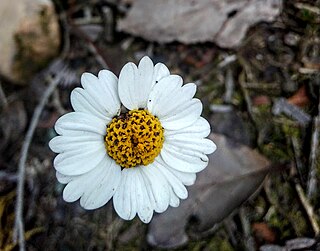
Sabazia is a genus of Colombian and Mesoamerican plants in the blackfoot tribe within the daisy family.
Otopappus is a genus of flowering plants in the sunflower tribe within the daisy family, primarily Mesoamerican but with one species from Jamaica.

Perymenium is a genus of South American and Mesoamerican plants in the sunflower tribe within the daisy family.
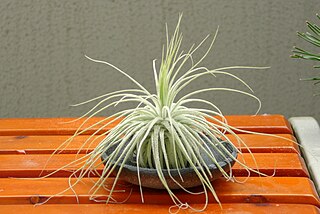
Tillandsia magnusiana is a species in the genus Tillandsia. This species is native to southern and western Mexico, El Salvador, Nicaragua and Honduras.
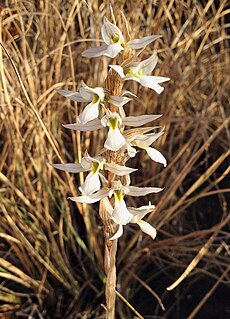
Deiregyne is a genus of flowering plants from the orchid family, Orchidaceae, native to Mexico, Guatemala and Honduras.
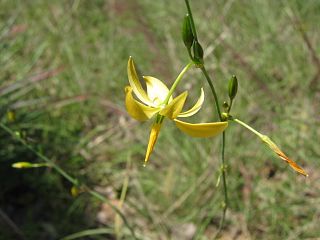
Echeandia is a genus of New World plants in the century plant subfamily within the asparagus family. It is named for Spanish botanist Pedro Gregorio Echeandía (1746–1817). Species in the genus are distributed from the south-western United States south to north-western Argentina, southern Bolivia, and southern Peru. They are herbaceous perennials with corms and enlarged storage roots. The narrow leaves are held in basal rosettes. Flowers are in loose racemes and may be yellow, orange, white or cream.
Events in the year 1853 in Mexico.
Events from the year 1912 in Mexico.
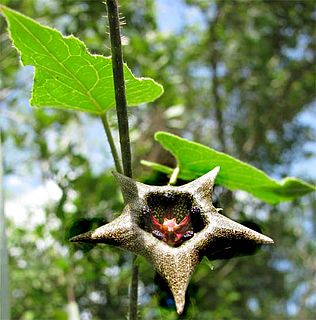
Dictyanthus is a genus of plant in family Apocynaceae, first described as a genus in 1844. It is native to Mexico and Central America
Events in the year 1971 in Mexico.
The following television stations broadcast on digital channel 24 in Mexico:
The following television stations broadcast on digital channel 34 in Mexico:
The following television stations broadcast on digital channel 26 in Mexico:









